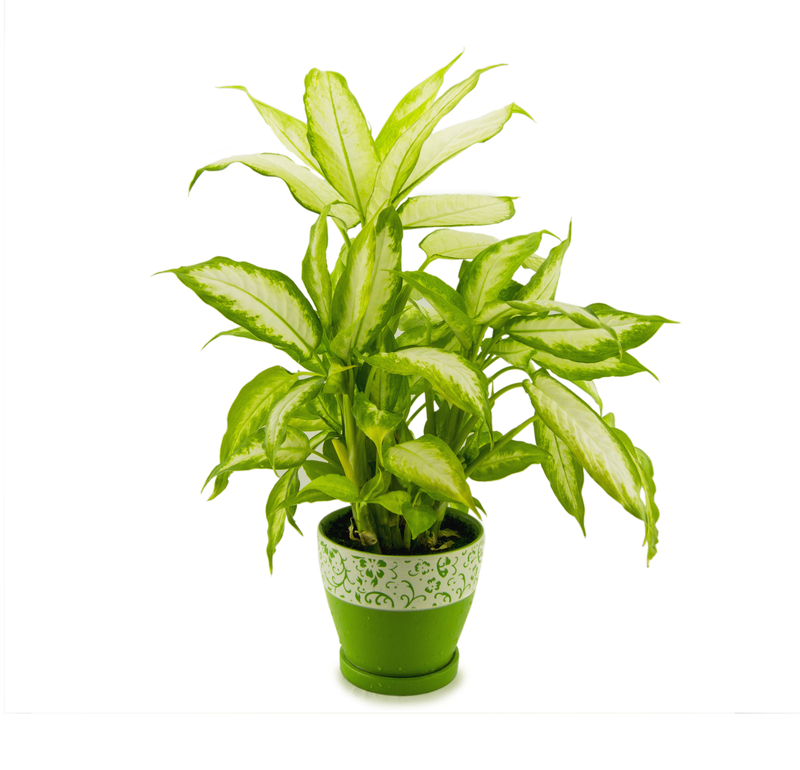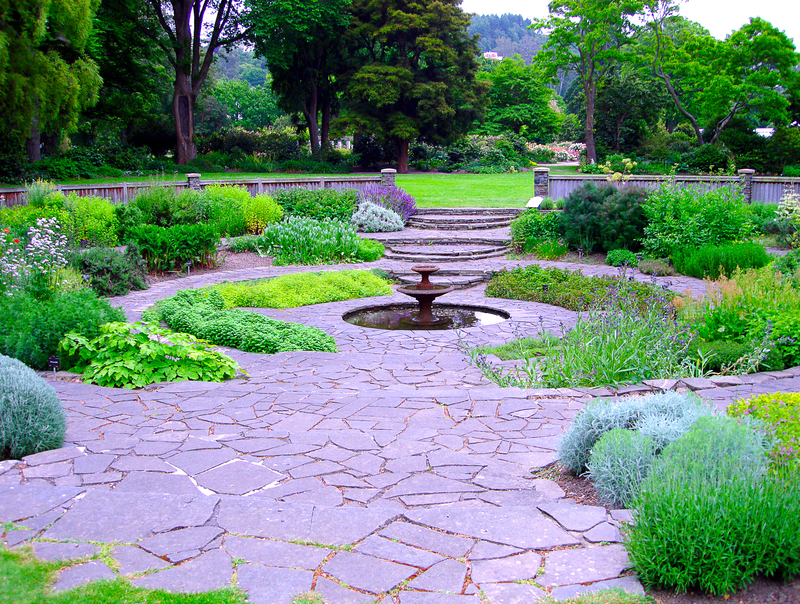Budget-Friendly Small Garden Tips
Posted on 14/08/2025
Creating a small garden on a budget requires a well-thought-out plan. Begin by assessing the space you have and how much sunlight it receives throughout the day. Once you have a clear understanding of your garden's layout, draft a simple sketch to visualize the placement of plants, paths, and any other features you wish to include. This will help you utilize your space efficiently and prevent unnecessary expenses.
Choose Low-Cost or Free Materials
It's possible to create a stunning garden without spending a fortune on materials. Here are a few budget-friendly solutions:
- Recycled Containers: Use old buckets, cans, and other containers to plant herbs and flowers. Additionally, websites like Freecycle and local community groups often have free gardening supplies available.
- Second-Hand Tools: Check out garage sales, thrift stores, or online marketplaces for used gardening tools at a fraction of the cost of new ones.
- DIY Compost: Create your compost using kitchen scraps and yard waste. This not only reduces your waste but also saves money on fertilizer.

Select Affordable Plants
Opt for inexpensive plants that provide a high yield and are easy to maintain. Some budget-friendly options include:
- Perennials: These plants return year after year, saving you money in the long run.
- Herbs: Many herbs like basil, mint, and parsley grow quickly and can be planted from seeds, which are generally cheaper than buying mature plants.
- Fast-Growing Vegetables: Vegetables like radishes, lettuce, and spinach grow quickly and can provide multiple harvests in a single season.
Use Companion Planting
Companion planting is a method where certain plants are grown together to enhance each other's growth and protect against pests. By strategically placing plants that benefit one another, you can increase your yield and reduce the need for chemical pesticides. For example, planting marigolds around your vegetable garden can deter harmful insects.
Get Creative with Garden Decor
Decorating your garden doesn't have to cost an arm and a leg. Utilize items you already have or find second-hand to add character to your garden. Some ideas include:
- Repurposed Furniture: Use an old chair, dresser, or table as a plant stand or garden focal point.
- DIY Decorations: Create garden markers from painted rocks or make wind chimes from old silverware.
- Natural Borders: Use stones, logs, or even broken pottery to create unique and natural-looking garden borders.
Water Wisely
Watering your plants efficiently can save both water and money. Here are some tips to keep your garden hydrated without breaking the bank:
- Rainwater Harvesting: Collect rainwater in barrels to use for watering your garden. This is an eco-friendly and cost-effective way to keep your garden hydrated.
- Drip Irrigation: Install a drip irrigation system to deliver water directly to the plant roots, reducing water waste.
- Mulching: Apply a layer of mulch around plants to retain moisture and reduce the need for frequent watering.
Pros and Cons
Pros:
- Cost-Effective: Utilizing budget-friendly tips can significantly reduce your gardening expenses.
- Eco-Friendly: Reusing materials and composting reduces waste and benefits the environment.
- Stress Reduction: Gardening is known for its therapeutic effects, helping to reduce stress and improve mental health.
Cons:
- Time-Consuming: Budget gardening often requires more DIY projects, which can be time-consuming.
- Physical Labor: Gardening can be physically demanding, which might not be suitable for everyone.
- Limited Space: Small gardens have space restrictions that may limit the variety and number of plants you can grow.

Takeaways
- Start with a well-thought-out plan to maximize your small garden space.
- Use recycled and second-hand materials to reduce costs.
- Select affordable and easy-to-grow plants to ensure a fruitful garden.
- Implement water-saving techniques to keep your garden hydrated efficiently.
Conclusion
Creating a beautiful small garden on a budget is entirely achievable with some creativity and careful planning. By using recycled materials, selecting cost-effective plants, and implementing smart garden techniques, you can cultivate a flourishing garden without breaking the bank. While there are some challenges, the pros far outweigh the cons, making budget-friendly small gardening a rewarding endeavor.




